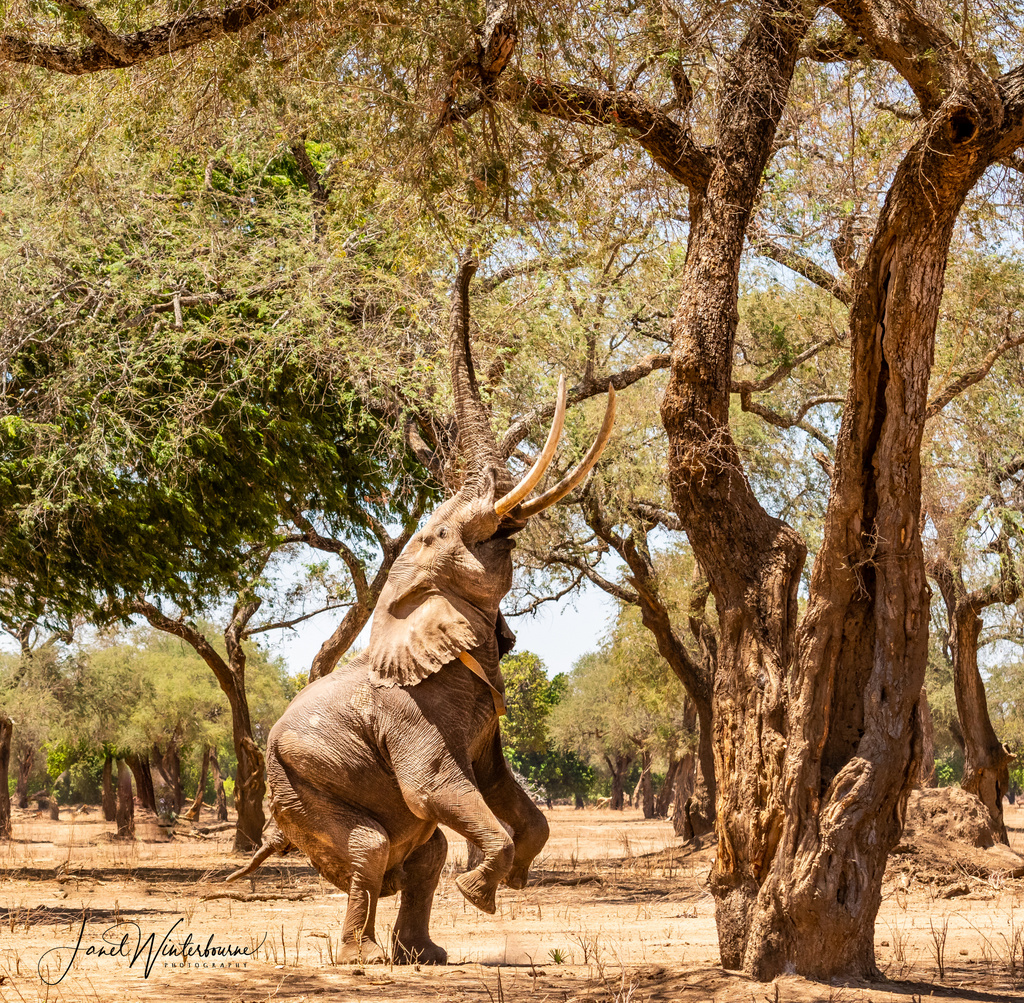
GUEST POST by Janet Winterbourne
It’s September 2019, and I am about to embark upon one of my many pilgrimages to Mana Pools National Park – one of the finest wildlife destinations in the world that was designated a UNESCO World Heritage Site on 3 May 2013. Located in northern Zimbabwe on the southern banks of the mighty Zambezi River, the national park spans some 219,600 hectares of wildlife conservation area. ‘Mana’ means ‘four’ in the local Shona language, and refers to the four large permanent pools created by the meanderings of the middle Zambezi, the pools are called Long Pool, Chine Pool, Green Pool and Chisasiko Pool.
Year after year Mana’s unique landscape of acacia and albida trees, the abundance of birdlife, packs of painted wolves (African wild dogs), magnificent standing elephants, the tranquillity of the Zambezi River, and the unique variety of wildlife keeps luring me back time and again to this Utopian paradise.
However, September 2019 in Mana Pools was a heart-wrenching and devastating sight to behold, and bears little to no resemblance to the park the same time last year, or even the year before that.
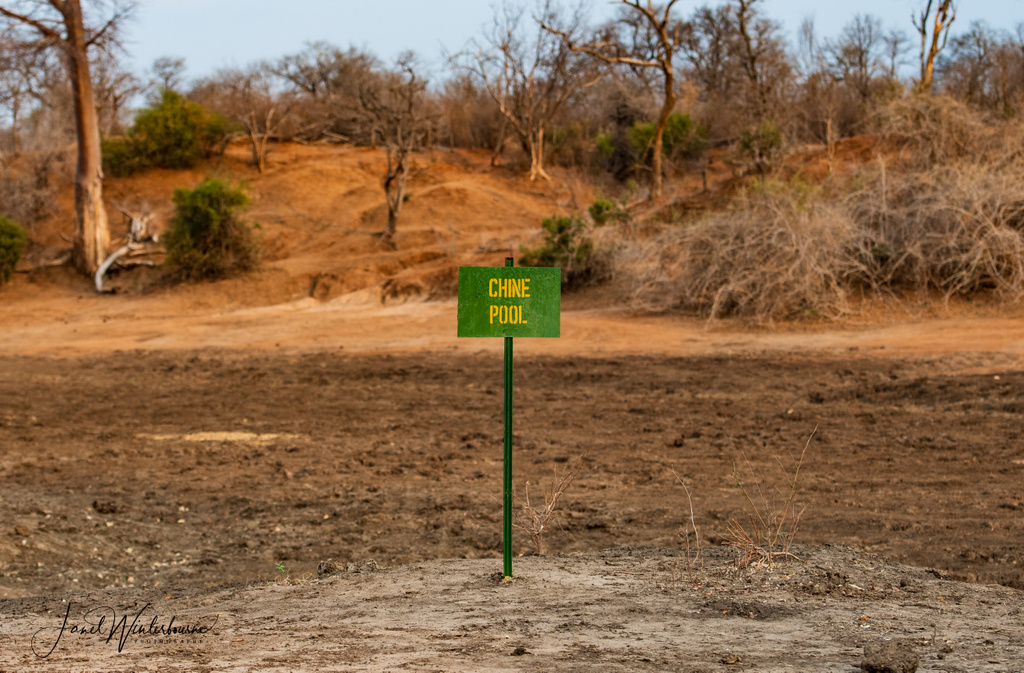
The park has been ravaged by ongoing drought, the landscape is dry and scorched, food supply for the wildlife is scarce and the famous ‘pools’, if not already completely bone dry, are fast on their way to becoming dry, hollowed-out memories of what used to be.
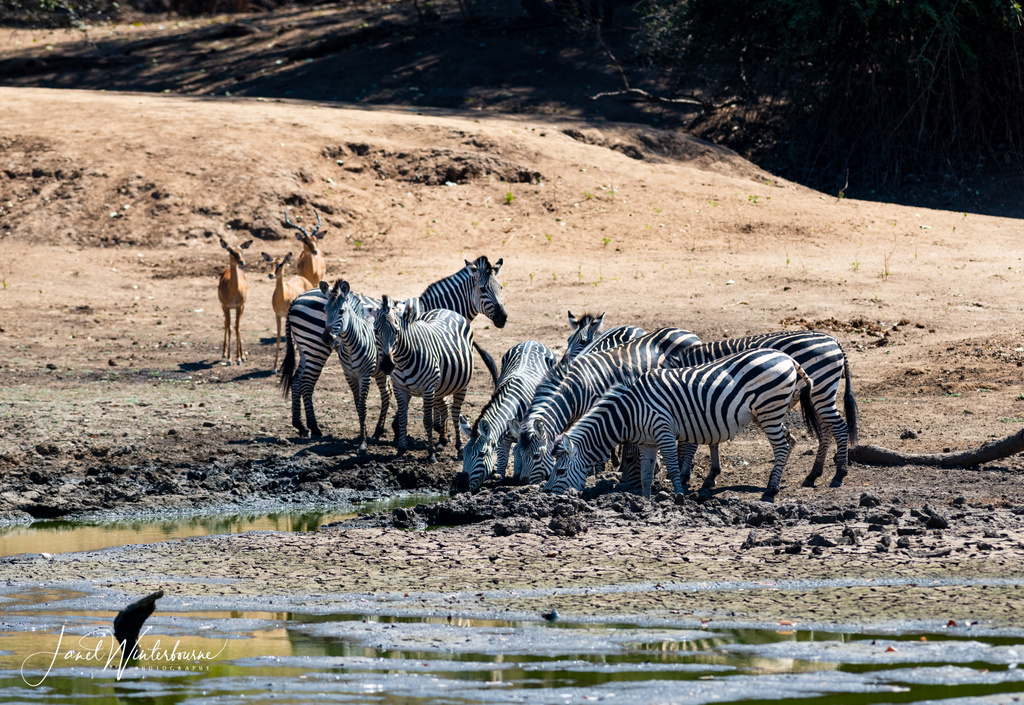
This of course is having a dramatic effect on the well-being of the animals, with scores literally dropping to the ground weak and weary from starvation. There is hope that November will bring the rains, but right now it’s tough times for the inhabitants of the park.

As a photographer one becomes mesmerised by the ethereal backlit blue and orange landscapes that Mana Pools is famed for, and, previously, if you were lucky you might just get that shot with an elephant or a zebra in the frame. This year I encountered something I have never seen before in the beautiful albida forests – predator prominence.
Given the extent of the drought, it is rich pickings for the waiting predators, and it is not at all unusual to see lions devouring an easy catch of an elephant or buffalo.

Just too weak to protect themselves the larger animals and their young are vulnerable to the waiting lions, hyenas and vultures. They simply cannot find enough sustenance to meet their daily requirements, and survival of the fittest determines the outcome.
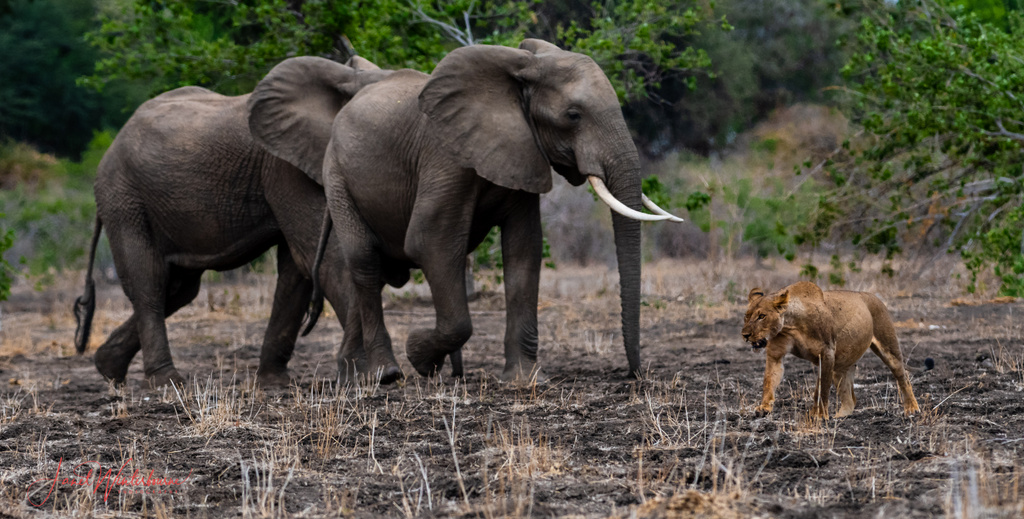

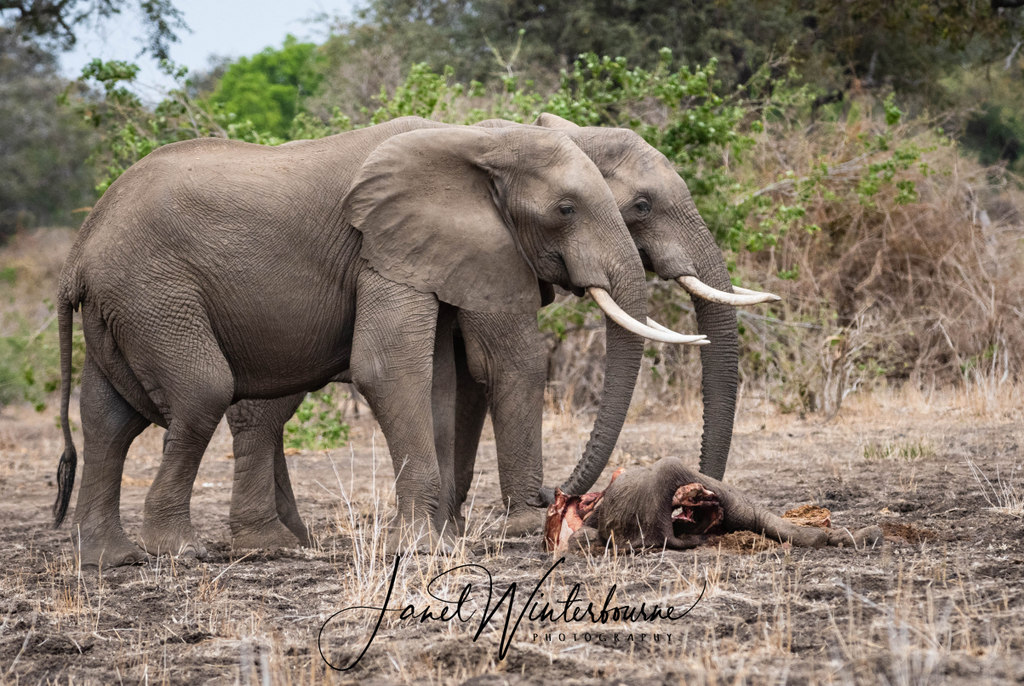
For the predators, it is simply a waiting game, with an inevitable easy meal as their prize for patience.

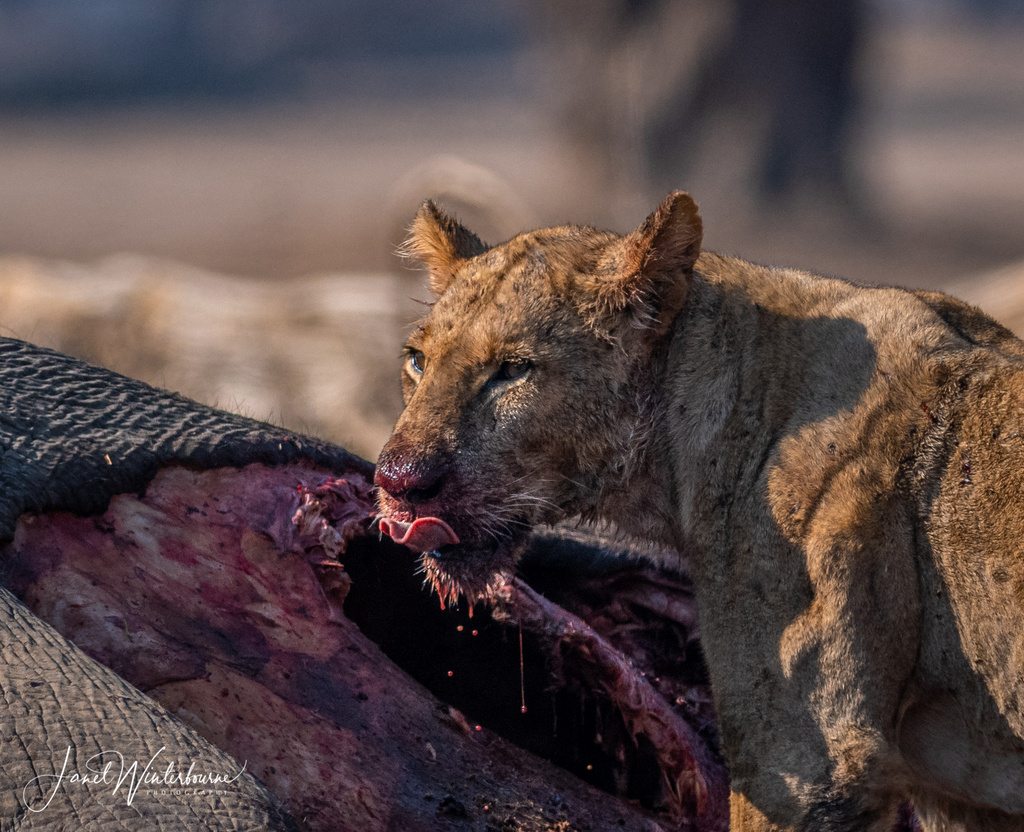
There is no question that it is a dire set of circumstances, and there are various thoughts and opinions as to why Mana Pools has experienced such extreme severity this year. Some say climate change, some say the cyclical nature of life in the bush and nature taking its course, some feel that it’s just the turn for the predators to have a good season. Whatever the reasons, it is tough viewing seeing the smallest emaciated elephants striving for survival, alongside an equally gaunt mother and herd. The prognosis for those diminutive creatures is not good.
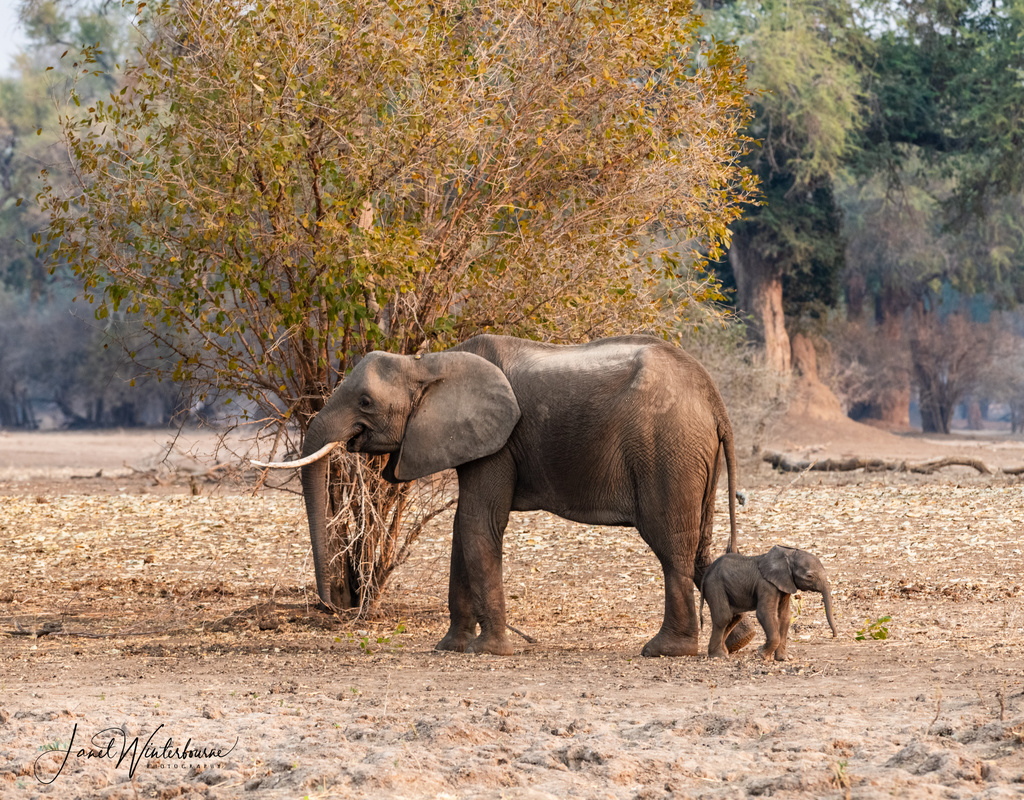
Something that has divided opinion and caused some controversy is the introduction of a feeding programme. Trucks of donated Rhodes grass are brought into Mana Pools, a lifeline for the animals that devour the supplies and feed their young.
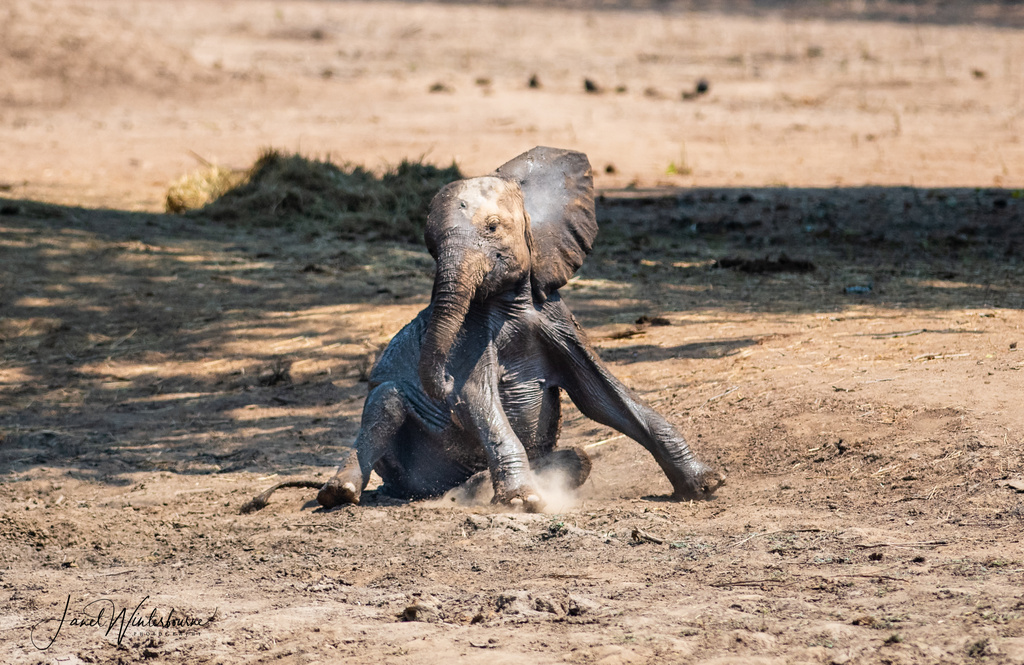
I have seen firsthand that in some instances this has come not a moment too soon for some desperate animals and has undoubtedly saved some lives. Controversy reigns, however, and there are those that feel nature is being tampered with and that it should be allowed to take its course. The nature versus nurture debate rages on, with no definitive ‘right’ answer.
Some of the game species seem to have fared slightly better – perhaps they are less hunted due to the easy meals on offer to predators. The kudu, impala and eland seem somewhat more relaxed, despite also having to forage and depend upon the handouts being distributed.
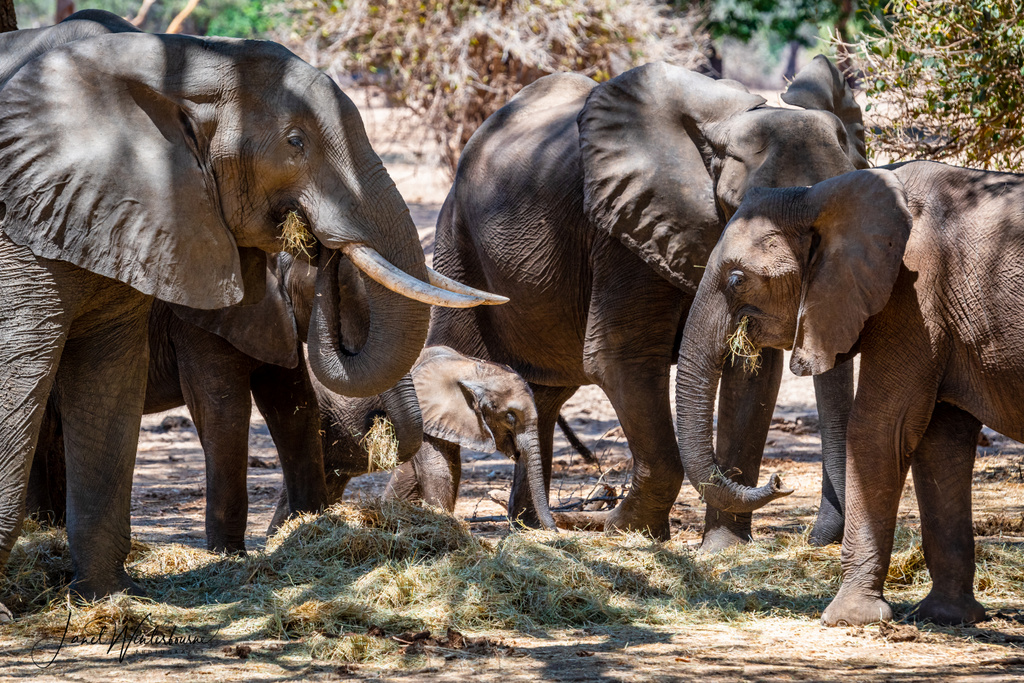
Witnessing the direct impact of the drought in this area made me wonder what the long-term implications for the wildlife will be – not just in Mana Pools, but across the other drought-ridden areas of Africa.
Documenting a drought is not the ‘prettiest’ work a photographer can embark upon, and I found this year’s visit to Mana Pools disturbing and not at all what I had expected. Nonetheless, it is the true story of how tough life can be in the wild.
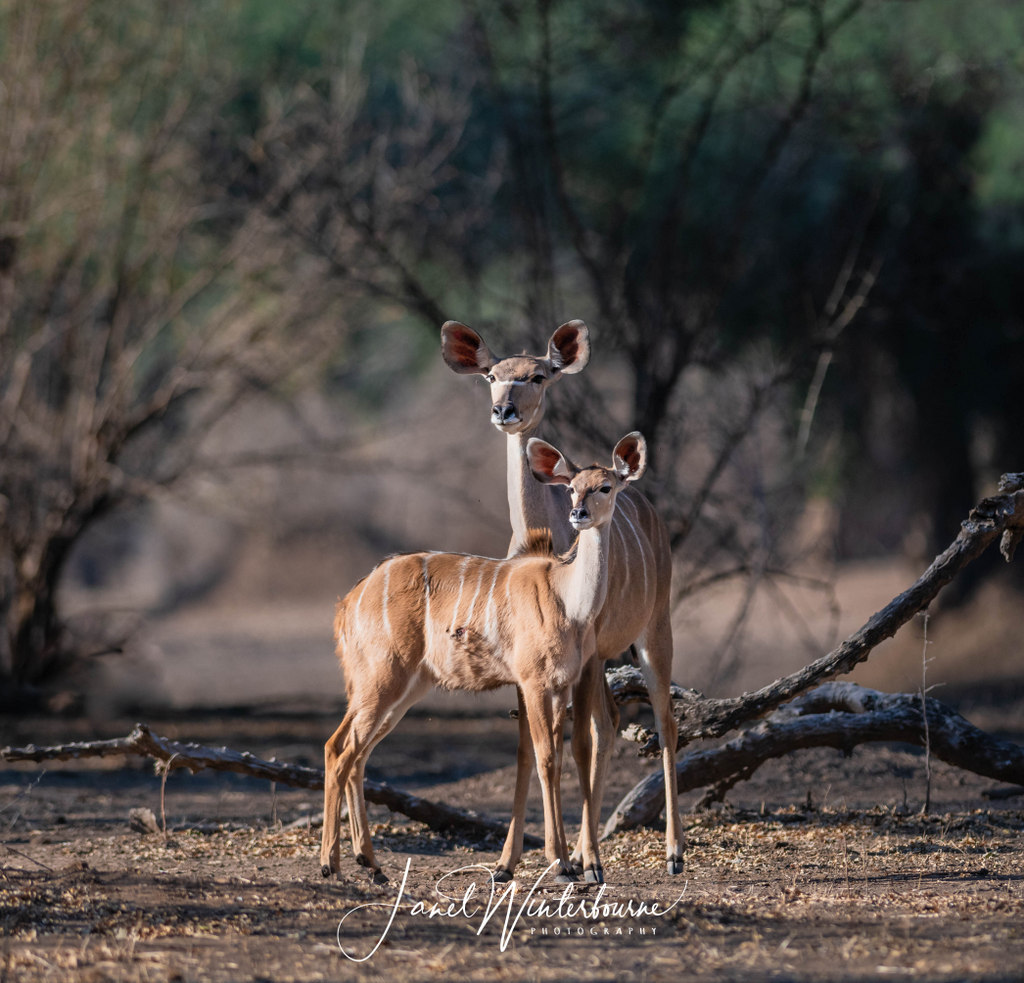
To comment on this story: Login (or sign up) to our app here - it's a troll-free safe place 🙂.![]()






